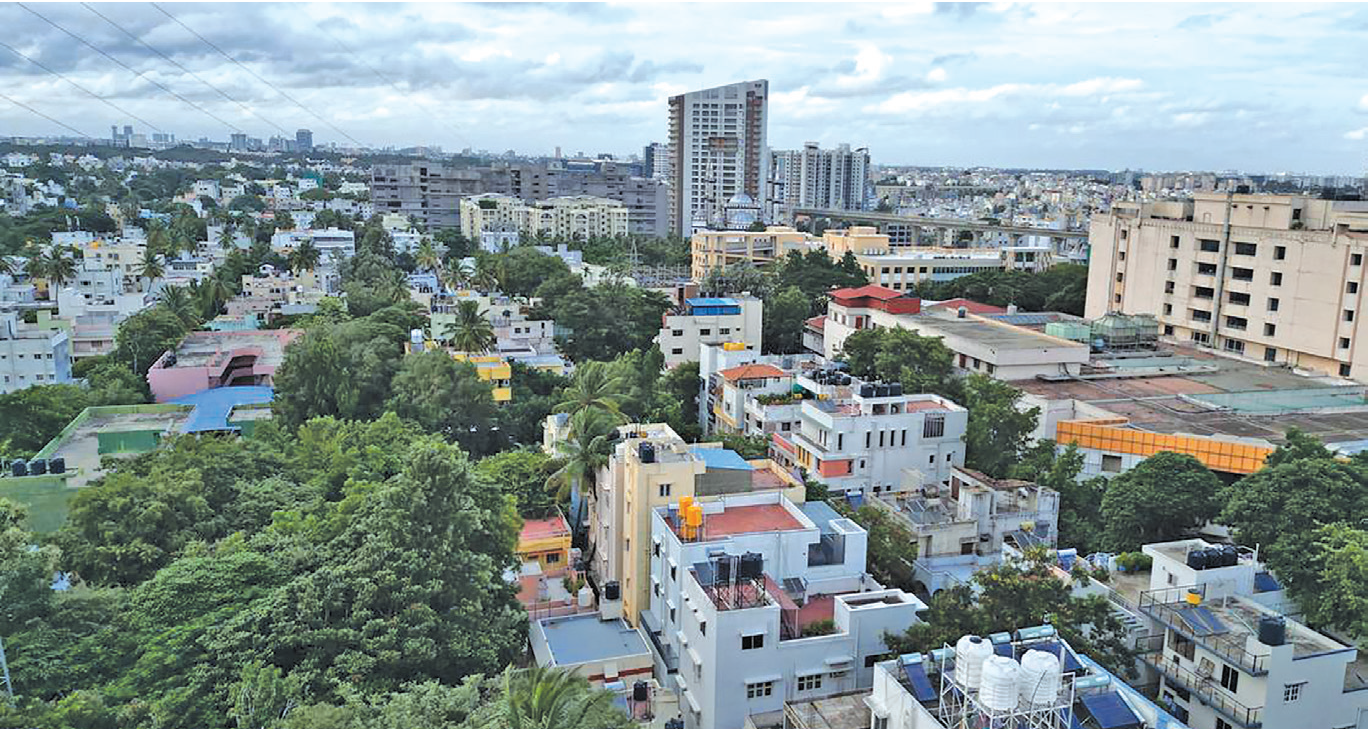
Vitiligo Day: Understanding the causes, impact and management
Bengaluru, NT Bureau: Vitiligo is a skin condition characterised by loss of pigmentation in patches, resulting from the destruction or malfunction of melanocytes, the cells responsible for producing melanin, the pigment that gives skin its colour.
Despite extensive research, the exact cause of vitiligo remains unclear, although it is believed to involve a combination of genetic, autoimmune, and environmental factors. World Vitiligo Day, observed annually on June 25, aims to raise global awareness about this condition.
Vitiligo affects 1-2 per cent of the world's population, leading to a noticeable change in skin colour and creating various patterns due to the loss of pigment.
Dr Sunil Kumar Prabhu, Consultant Dermatologist at Aster RV Hospital, explains that vitiligo can affect different parts of the body, including the hair, mouth, and eyes.
There are three main types of vitiligo, Generalised vitiligo is the most common form, affecting both sides of the body symmetrically, while segmental vitiligo affects only one side or part of the body, and localised vitiligo is limited to one or a few areas.
The condition is thought to result from an autoimmune response where the immune system mistakenly attacks melanocytes. Dr Prabhu suggests contributing factors may include genetics, stress, sunburn, and exposure to chemicals.
Treatment options for vitiligo aim to restore skin colour and improve appearance. Dr Prabhu advises, “Including topical medications such as corticosteroids and calcineurin inhibitors can help reduce inflammation and stimulate pigment production; phototherapy which is a UV light treatment can stimulate melanocytes and promote repigmentation. In severe cases, this involves lightening the unaffected skin to match the depigmented areas. Skin grafting and melanocyte transplantation can be effective for some.”
The psychological impact can be significant, affecting self-esteem and emotional well-being. “Support groups and counselling are beneficial for those coping with the condition. Regular follow ups with a dermatologistt are crucial for monitoring and adjusting treatments as needed,” said Dr Prabhu.
He emphasises that preventing and managing vitiligo focuses on minimising its impact and controlling its spread by employing key strategies such as using high SPF sunscreen, wearing protective clothing and seeking shade to prevent sunburn that may trigger vitiligo patches, avoiding physical trauma to prevent new patches, and managing stress through mindfulness, yoga, or therapy.
Ongoing management of vitiligo involves regular dermatologist visits, maintaining a healthy lifestyle, and participating in clinical trials for new treatments. Dr Prabhu said,
“While there is no cure, managing the condition with various treatments can significantly improve the quality of life.”
While good nutrition is important for overall health, Dr Prabhu said, “There is no specific diet or nutrient that can cure vitiligo.” He added, that misconceptions, such as Vitamin D can reverse vitiligo, should be addressed with proper medical guidance.
 English daily published in Bengaluru & Doha
English daily published in Bengaluru & Doha






